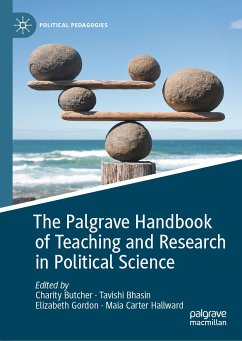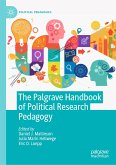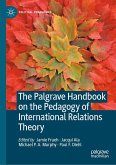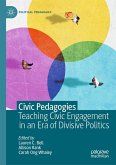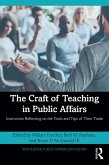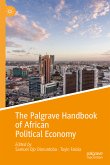"An essential resource filled with new ideas and approaches, this will become the go-to volume for political science instructors eager to find efficient, productive, and fun ways to combine their teaching and research interests." - Amanda Rosen, Webster University, US
"This book is an excellent contribution to the field of political science pedagogy. Given the constant challenge that professors face to do quality research and quality teaching, this book is a very useful resource for academics to better focus on the importance of research into effective pedagogy and how this research can be helpful to the professor and their students." - Victor Asal, University of Albany, US
This book provides a resource for political science faculty wanting to increase their research productivity and/or teaching effectiveness in a time and resource efficient way. Faculty from various subfields and institution types offer examples of how they align their research and teaching activities to "get more bang for their buck." While some contributors discuss projects within the Scholarship of Teaching and Learning (SoTL) research tradition, others go beyond this approach and integrate their teaching and research in other ways. As a result, this volume offers diverse, innovative, and practical ways faculty can leverage the teaching/scholarship connection to both improve scholarly productivity and ground political science instruction in pedagogical literature.
Charity Butcher is Director of the School of Conflict Management, Peacebuilding and Development at Kennesaw State University.
Tavishi Bhasin is a Professor in the School of Government and International Affairs at KennesawState University.
Elizabeth Gordon is a Professor in the School of Government and International Affairs at Kennesaw State University.
Maia Hallward is Professor in the School of Conflict Management, Peacebuilding and Development at Kennesaw State University.
Dieser Download kann aus rechtlichen Gründen nur mit Rechnungsadresse in A, B, BG, CY, CZ, D, DK, EW, E, FIN, F, GR, HR, H, IRL, I, LT, L, LR, M, NL, PL, P, R, S, SLO, SK ausgeliefert werden.

